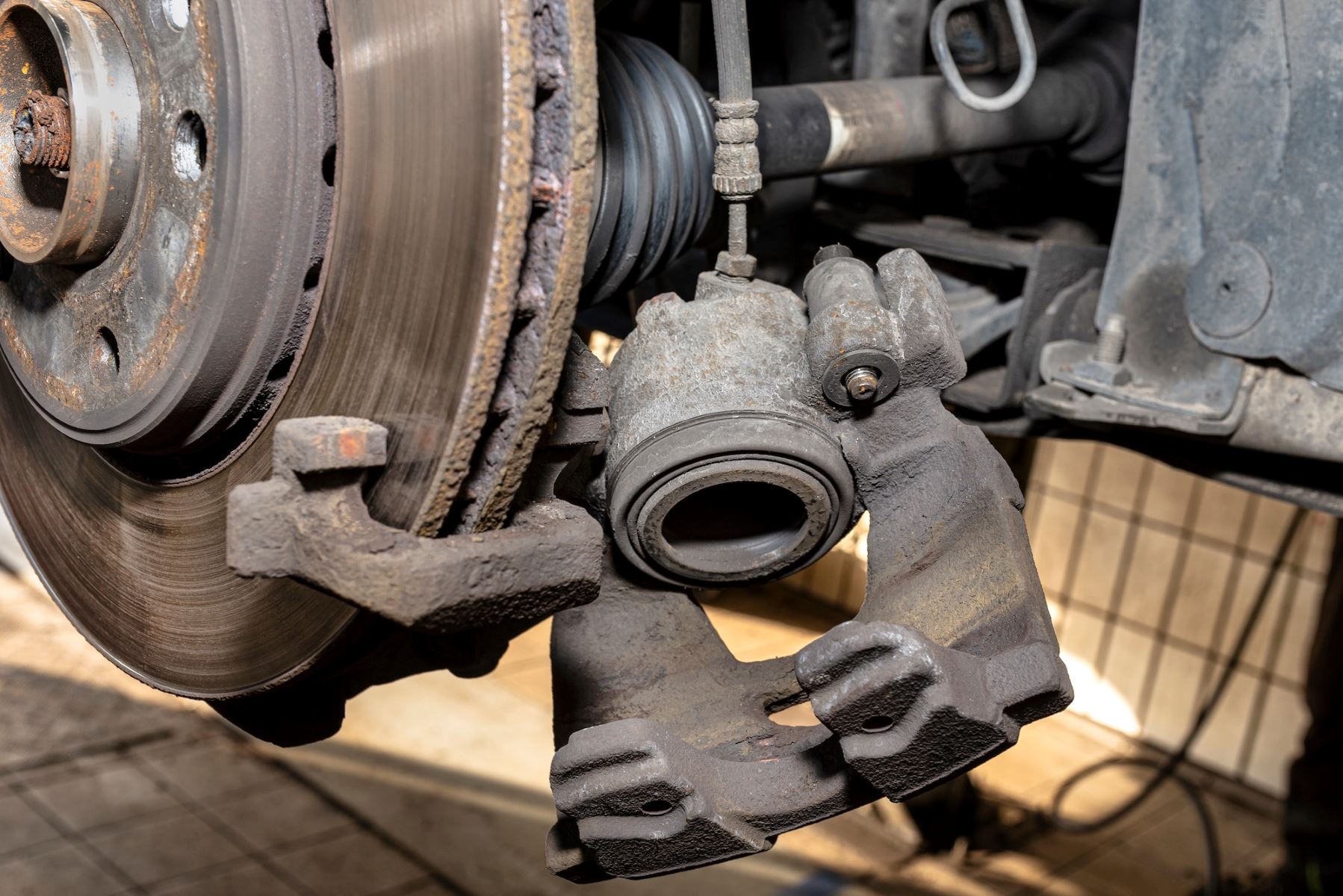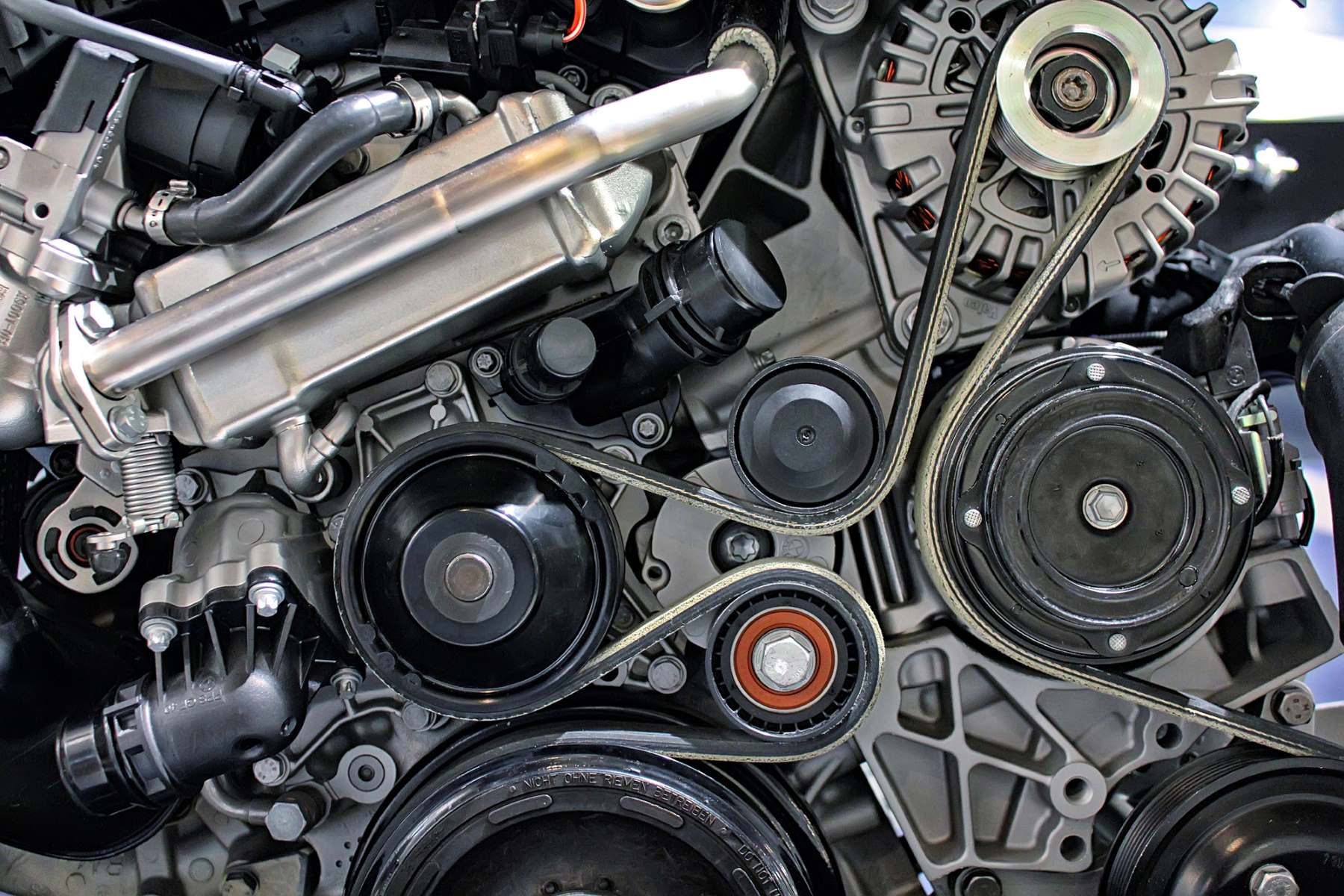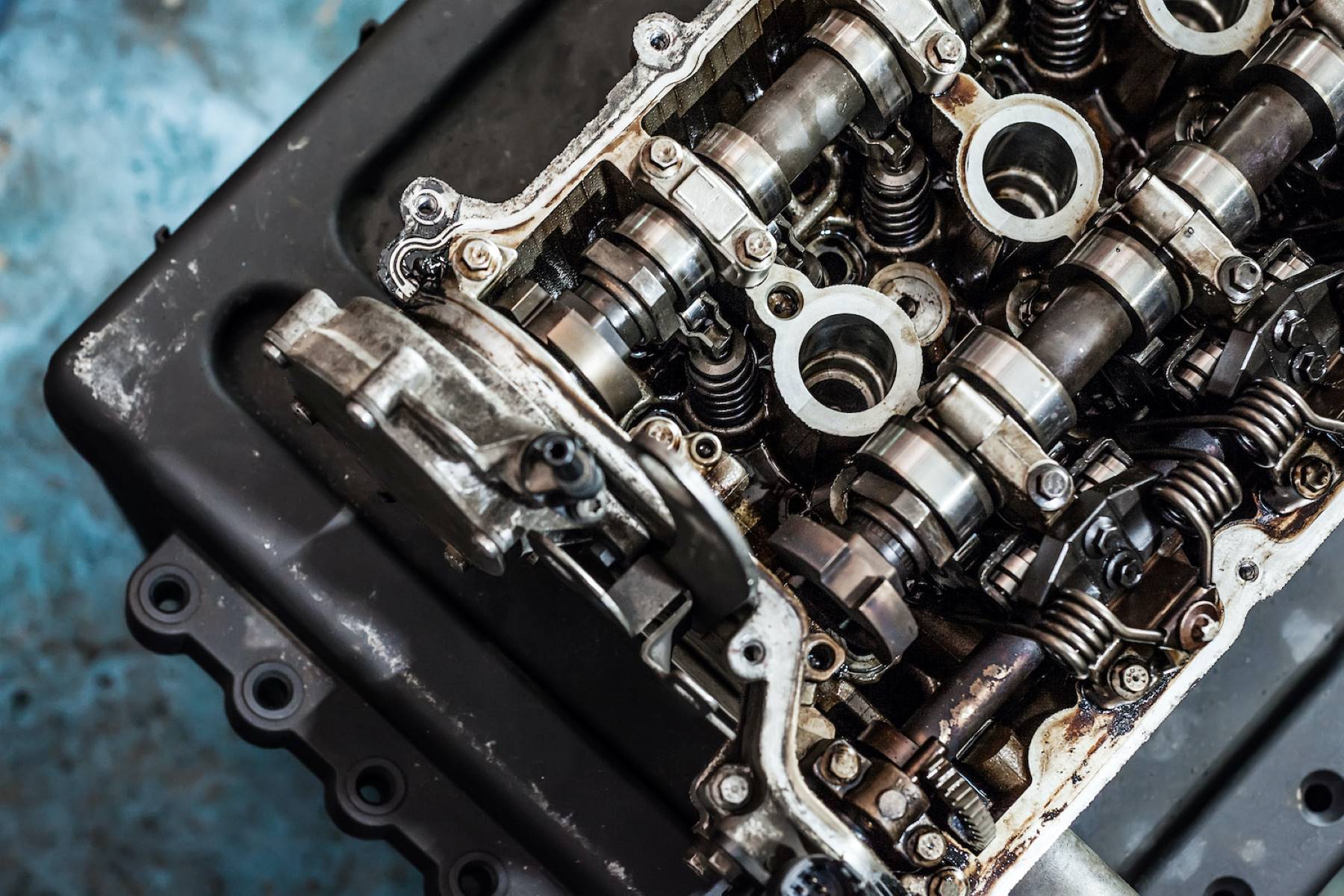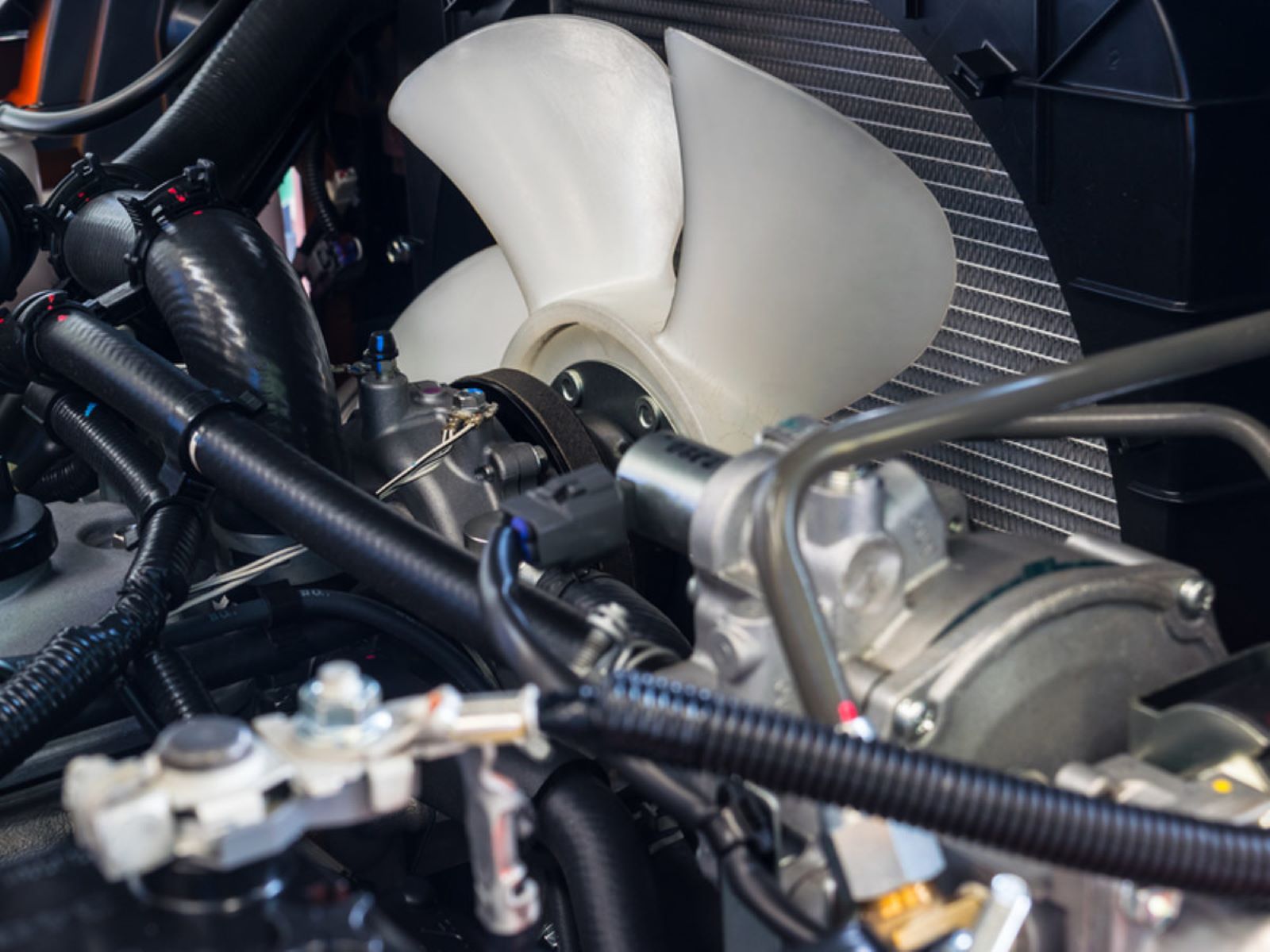Home>Automotive>How To Fix An Engine Misfire
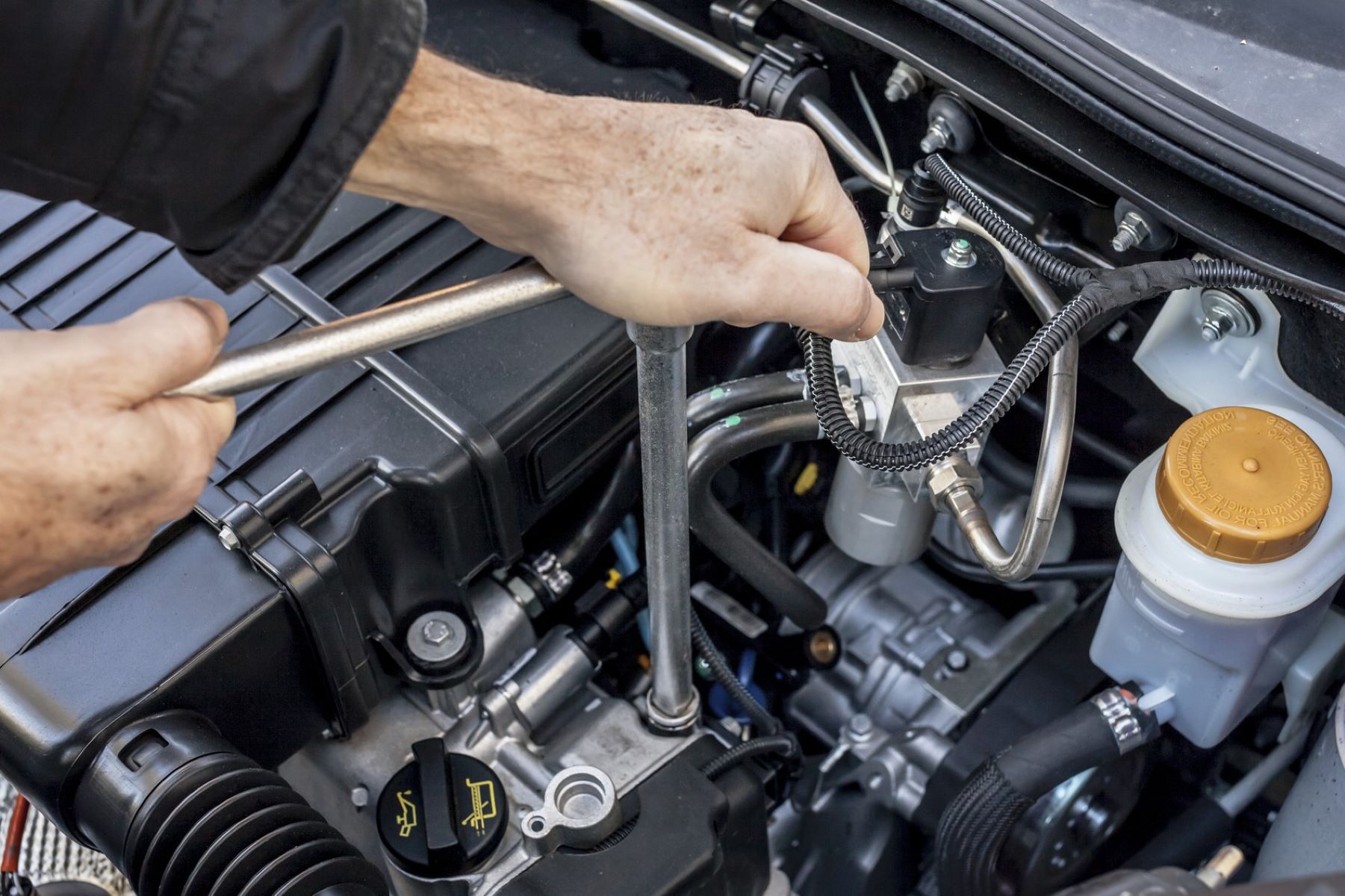

Automotive
How To Fix An Engine Misfire
Published: March 4, 2024
Learn how to troubleshoot and fix engine misfires in your automotive vehicle with our comprehensive guide. Get expert tips and advice to resolve misfire issues quickly and efficiently.
(Many of the links in this article redirect to a specific reviewed product. Your purchase of these products through affiliate links helps to generate commission for Regretless.com, at no extra cost. Learn more)
Table of Contents
Introduction
Engine misfires can be a frustrating and concerning issue for any vehicle owner. Picture this: you're cruising down the road, enjoying the drive, when suddenly, your engine starts to sputter and shake. The once smooth and powerful performance of your vehicle is now compromised by a noticeable lack of power and a persistent vibration. This unsettling experience is often a telltale sign of an engine misfire.
An engine misfire occurs when the combustion process in one or more cylinders fails to ignite properly. This can result in a range of symptoms, including rough idling, reduced power, increased fuel consumption, and even potential damage to the catalytic converter. Ignoring these symptoms can lead to more severe issues and costly repairs down the road.
Understanding the underlying causes of engine misfires and knowing how to address them is crucial for maintaining the optimal performance and longevity of your vehicle. Whether you're a seasoned gearhead or a novice DIY enthusiast, having a comprehensive understanding of engine misfires and the necessary steps to rectify them can save you time, money, and unnecessary stress.
In this article, we will delve into the intricacies of engine misfires, exploring the common causes behind this issue, the diagnostic process to pinpoint the root of the problem, and the steps to effectively resolve an engine misfire. By the end of this guide, you'll be equipped with the knowledge and confidence to tackle engine misfires head-on, ensuring that your vehicle runs smoothly and efficiently for miles to come.
Understanding Engine Misfires
Engine misfires are a common and disruptive issue that can occur in internal combustion engines, affecting the performance and efficiency of the vehicle. At its core, an engine misfire refers to the failure of the air-fuel mixture in a cylinder to ignite at the proper time, disrupting the smooth operation of the engine. This disruption manifests as a noticeable jolt or vibration, often accompanied by a loss of power and a rough or erratic idling sensation.
The combustion process within an engine relies on precise timing and coordination between the air, fuel, and spark. When this delicate balance is compromised, whether due to mechanical, electrical, or fuel-related issues, it can lead to misfires. These misfires can occur intermittently or persistently, and they are typically identified through symptoms such as engine vibration, a rough idle, a decrease in acceleration, and in some cases, the illumination of the check engine light.
Understanding the factors that contribute to engine misfires is essential for effectively diagnosing and resolving the issue. Common culprits behind engine misfires include faulty spark plugs, damaged ignition coils, clogged fuel injectors, vacuum leaks, and issues with the engine's air intake system. Additionally, low compression in the cylinders, caused by worn piston rings or damaged valves, can also lead to misfires.
It's important to note that the causes of engine misfires can vary depending on the make and model of the vehicle, as well as its age and maintenance history. Furthermore, environmental factors such as extreme temperatures and altitude can also influence the likelihood of engine misfires.
By gaining a comprehensive understanding of engine misfires and their potential triggers, vehicle owners and technicians can approach the diagnostic and repair process with clarity and precision. In the following sections, we will explore the common causes of engine misfires, the diagnostic procedures to identify the root cause, and the steps to effectively address and rectify this disruptive issue.
Common Causes of Engine Misfires
Engine misfires can stem from a variety of underlying issues, each of which can disrupt the combustion process and compromise the smooth operation of the engine. Understanding these common causes is pivotal in diagnosing and resolving engine misfires effectively. Here are the primary culprits behind this disruptive issue:
-
Faulty Spark Plugs: Worn or fouled spark plugs are a leading cause of engine misfires. Over time, the electrodes on spark plugs can erode, leading to inconsistent ignition of the air-fuel mixture. Additionally, excessive carbon buildup on the spark plug electrodes can hinder their ability to produce a strong spark, resulting in misfires.
-
Damaged Ignition Coils: The ignition coils are responsible for generating the high-voltage electrical pulse needed to ignite the air-fuel mixture in the cylinders. When these coils become faulty or fail, it can lead to irregular sparking, causing misfires and a noticeable decline in engine performance.
-
Clogged Fuel Injectors: Fuel injectors play a critical role in delivering the precise amount of fuel into the combustion chamber. When these injectors become clogged or malfunction, the air-fuel ratio can become skewed, leading to incomplete combustion and subsequent misfires.
-
Vacuum Leaks: Any unintended air entering the engine, often due to vacuum leaks in hoses or gaskets, can disrupt the air-fuel mixture and lead to misfires. These leaks can create an imbalance in the fuel delivery, causing certain cylinders to run lean or rich, resulting in erratic combustion.
-
Faulty Mass Airflow Sensor (MAF): The MAF sensor measures the amount of air entering the engine and adjusts the fuel delivery accordingly. A malfunctioning MAF sensor can lead to inaccurate fuel calculations, potentially causing misfires and a decrease in engine efficiency.
-
Low Compression: Reduced compression in one or more cylinders, often caused by worn piston rings, damaged valves, or a blown head gasket, can result in incomplete combustion and misfires. Low compression leads to a lack of power and can trigger the check engine light.
-
Issues with the Engine's Air Intake System: Any restrictions or blockages in the air intake system, such as a clogged air filter or a malfunctioning throttle body, can disrupt the airflow into the engine, affecting the air-fuel mixture and potentially leading to misfires.
By recognizing these common causes of engine misfires, vehicle owners and technicians can systematically address and rectify the underlying issues, restoring the optimal performance and efficiency of the engine. Identifying the specific cause of a misfire often involves a methodical diagnostic process, which we will explore in the following section.
Diagnosing an Engine Misfire
Diagnosing an engine misfire requires a systematic approach to pinpoint the underlying cause with precision. The diagnostic process typically involves a combination of visual inspections, electronic testing, and data analysis to identify the specific cylinder or cylinders experiencing the misfire and the contributing factors. Here's a detailed overview of the steps involved in diagnosing an engine misfire:
-
Retrieve Diagnostic Trouble Codes (DTCs): The first step in diagnosing an engine misfire is to retrieve any stored diagnostic trouble codes (DTCs) from the vehicle's onboard computer. These codes can provide valuable insights into the specific cylinder or system experiencing the misfire, guiding the diagnostic process.
-
Visual Inspection: Conduct a visual inspection of the ignition system components, including the spark plugs, ignition coils, and spark plug wires (if applicable). Look for signs of wear, damage, or carbon buildup that could impede proper ignition.
-
Check Fuel Injectors: Inspect the fuel injectors for clogging or malfunction. Additionally, ensure that the fuel injectors are delivering the correct amount of fuel to each cylinder, as imbalances can lead to misfires.
-
Compression Testing: Perform a compression test to assess the compression levels in each cylinder. Low compression can indicate issues such as worn piston rings or damaged valves, contributing to misfires.
-
Examine the Air Intake System: Inspect the air intake system for any obstructions or malfunctions, including the air filter, throttle body, and intake manifold. Any restrictions in the airflow can disrupt the air-fuel mixture, leading to misfires.
-
Utilize Diagnostic Tools: Use diagnostic tools such as a scan tool or oscilloscope to analyze live engine data, including fuel trims, oxygen sensor readings, and ignition system performance. This data can provide valuable insights into the engine's operation and aid in identifying the root cause of the misfire.
-
Cylinder Balance Test: Conduct a cylinder balance test to determine which cylinder or cylinders are contributing to the misfire. This test can help isolate the source of the issue and guide targeted repairs.
-
Addressing Additional Factors: Consider environmental and operational factors that could contribute to misfires, such as extreme temperatures, altitude changes, or driving conditions. These factors can impact the combustion process and trigger misfires.
By methodically following these diagnostic steps, technicians and vehicle owners can effectively identify the cause of an engine misfire, laying the groundwork for targeted and efficient repairs. Once the specific cause has been determined, the next crucial phase involves implementing the necessary measures to rectify the misfire and restore the engine's optimal performance.
Fixing an Engine Misfire
Once the root cause of an engine misfire has been identified through a comprehensive diagnostic process, the next crucial step involves implementing targeted measures to rectify the issue and restore the optimal performance of the engine. The specific approach to fixing an engine misfire will depend on the underlying cause, and addressing the issue may involve a combination of component replacement, repairs, and adjustments. Here are the key steps involved in fixing an engine misfire:
-
Replace Faulty Spark Plugs: If worn or fouled spark plugs are identified as the cause of the misfire, replacing them with new, correctly gapped spark plugs is essential. This ensures consistent ignition and proper combustion in the cylinders, addressing the misfire issue.
-
Address Ignition Coil Issues: In the case of faulty ignition coils, replacing the affected coils with high-quality replacements is crucial. This restores the reliable generation of high-voltage electrical pulses, enabling consistent sparking and effective combustion.
-
Clean or Replace Clogged Fuel Injectors: If clogged fuel injectors are contributing to the misfire, cleaning them using specialized injector cleaning solutions or replacing them with new injectors can restore the precise delivery of fuel into the combustion chambers, mitigating misfire occurrences.
-
Rectify Vacuum Leaks: Addressing vacuum leaks involves identifying and repairing any damaged hoses, gaskets, or components that are allowing unintended air into the engine. By sealing these leaks, the air-fuel mixture is restored to its proper balance, reducing the likelihood of misfires.
-
Repair or Replace Faulty Mass Airflow Sensor (MAF): A malfunctioning MAF sensor can disrupt the accurate measurement of incoming air, leading to fuel delivery inconsistencies and potential misfires. Repairing or replacing the MAF sensor resolves this issue, ensuring precise fuel calculations.
-
Resolve Low Compression Issues: If low compression is identified as the cause of the misfire, addressing the underlying mechanical issues, such as worn piston rings or damaged valves, is essential. This may involve comprehensive engine repairs to restore optimal compression levels.
-
Clear Air Intake System Obstructions: Any obstructions or malfunctions in the air intake system, such as a clogged air filter or a malfunctioning throttle body, should be addressed. Clearing these obstructions ensures unrestricted airflow, promoting proper combustion and reducing the likelihood of misfires.
-
Update Engine Control Module (ECM) Software: In some cases, updating the ECM software with the latest manufacturer-recommended updates can address underlying issues related to fuel delivery, ignition timing, and other critical parameters, reducing the occurrence of misfires.
By systematically addressing the specific cause of the engine misfire and implementing the necessary repairs and adjustments, vehicle owners and technicians can effectively restore the smooth and efficient operation of the engine, ensuring a reliable and enjoyable driving experience.
Read more: How To Determine The Engine Type Of Your Car
Conclusion
In conclusion, addressing engine misfires is a critical aspect of vehicle maintenance and performance optimization. By understanding the common causes of misfires, conducting thorough diagnostic procedures, and implementing targeted repair measures, vehicle owners and technicians can effectively rectify this disruptive issue and restore the optimal operation of the engine.
Engine misfires can stem from a variety of factors, including faulty spark plugs, damaged ignition coils, clogged fuel injectors, vacuum leaks, and issues with the air intake system. Additionally, low compression in the cylinders and malfunctioning mass airflow sensors can contribute to misfires. Recognizing these common causes is pivotal in diagnosing misfires accurately and formulating effective repair strategies.
The diagnostic process for engine misfires involves retrieving diagnostic trouble codes, conducting visual inspections, checking fuel injectors, performing compression tests, and utilizing diagnostic tools to analyze live engine data. This methodical approach enables technicians and vehicle owners to pinpoint the specific cause of the misfire and lay the groundwork for targeted repairs.
When it comes to fixing engine misfires, the approach varies based on the identified cause. Whether it involves replacing spark plugs, addressing ignition coil issues, cleaning or replacing fuel injectors, rectifying vacuum leaks, or resolving low compression issues, each step is aimed at restoring the smooth and efficient operation of the engine.
By addressing engine misfires promptly and effectively, vehicle owners can not only enhance the performance and fuel efficiency of their vehicles but also prevent potential damage to critical engine components. Moreover, a proactive approach to addressing misfires can contribute to prolonged engine longevity and overall driving satisfaction.
In essence, the ability to diagnose and rectify engine misfires is a valuable skill for vehicle owners and technicians alike. By staying informed about the intricacies of engine misfires and adopting a proactive approach to maintenance and repairs, individuals can ensure that their vehicles operate at peak performance, delivering a reliable and enjoyable driving experience for miles to come.




